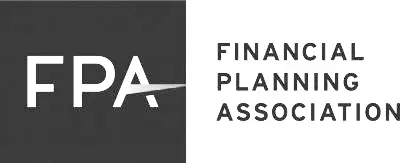If you have rollover IRA accounts and want to make a backdoor Roth IRA contribution, this episode is for you.
There are several steps involved to handle this strategy in the right way including understanding how you roll the IRA accounts to your 401k.
Today we walk through five considerations you should think through before you implement a strategy to complete your Backdoor Roth contributions.
Why You Might Want to Rollover Your IRA Into Your 401K
Many people reach a level in the middle of their careers where they can no longer contribute to a Roth IRA. This often happens after a couple of job changes and many people end up with multiple rollovers and different retirement accounts.
The backdoor Roth IRA is one way you can continue to contribute to a Roth IRA even after you have surpassed the income limitations. Of course, like all things in retirement savings, there are certain rules that one must consider before executing.
One of those rules is the pro rata rule which determines the ratio of how much of the roth conversion part of the backdoor roth will be pre-tax vs. after tax. To implement the strategy you’d like to limit the amount you have in pretax monies in an IRA, rollover IRA, or a simple or SEP IRA.
If you do want to implement a backdoor Roth strategy and you have current balances in an IRA, the first step is to evaluate if it makes sense to roll over any pretax IRA accounts into your 401K or 403B. Of course, this can only be done if the plan allows it.
Considerations Before Implementing a Backdoor Roth Strategy
Whether or not you should make a backdoor Roth contribution would seem like a simple question. As you have two options, either keep your portfolio as is and save it in a brokerage account or save those funds in a backdoor Roth.
However, before you make that decision you should consider whether the backdoor Roth strategy could be worth it. The longer the timeline you have of earned income, the more it could pay off. Otherwise, if you’re only a few years away from retirement the strategy might not be as beneficial.
Next, you’ll want to consider your tax bracket. Don’t only consider your tax bracket this year but also what it may be in the future. A financial professional can help you see the big picture of how a backdoor Roth fits into your long-term withdrawal strategy.
You’ll also want to think about how your portfolio will be allocated during the process. As you are rolling over your account, the funds may be out of the market for weeks. If this happens in a volatile market, there’s a risk you could lose out on some return during the transition if you see a few large daily moves. Two additional risks to consider that are unique to 401k/403b plans, is if the plan administrator decides to make investment/fund changes, or if they decide to change plan custodians, you have little to no control during the transition and it may result in your being out of the market for an indeterminable amount of time.
If you are considering a backdoor Roth strategy, reach out to us to see how we can help.
Outline of This Episode
- [2:41] Should I roll my traditional IRA to a 401K?
- [5:04] 5 considerations before implementing a backdoor Roth strategy
Resources & People Mentioned
- Should I Rollover my Retirement Account to an IRA?
- Planning to Rollover Your 401k
- The Retirement Podcast Network






